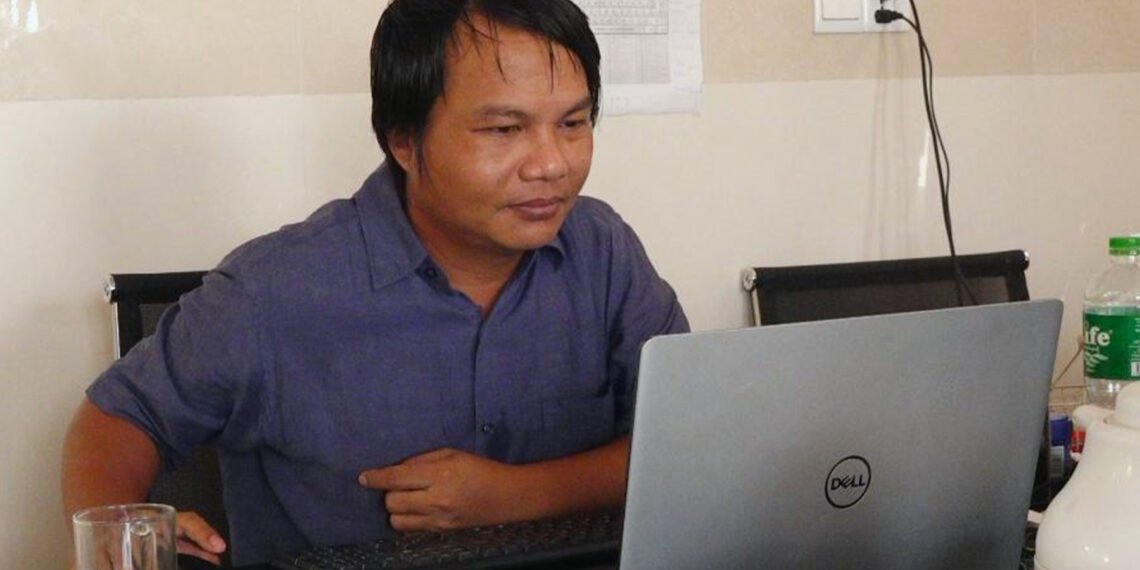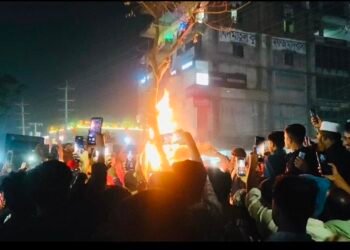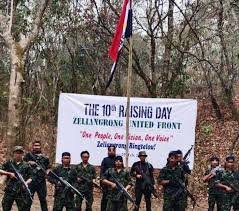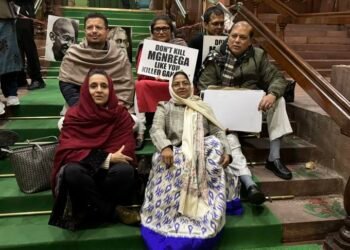Torture as Punishment: Insein Prison guards have intensified their crackdown on political prisoners, subjecting them to daily beatings and psychological torment. This report uncovers the shocking conditions faced by those who dared to speak out.
BY PC Bureau
Personnel at Yangon’s notorious Insein Prison have subjected a Myanmar Now journalist and two other political prisoners to relentless physical abuse and torture as retribution for exposing human rights violations, according to recent reports.
A source-based report published in the independent news outletw Myanmar Now on February 25 details that photojournalist Sai Zaw Thaike, labor rights advocate Thet Hnin Aung, and political prisoner Naing Win, all serving long-term sentences, have been subjected to relentless beatings and torture by prison authorities since January.
ALSO READ: Manipur: Divided BJP puts off meet to discuss leadership issue
The abuse is believed to be a direct response to their efforts in informing the junta-appointed National Human Rights Commission about violations committed against inmates during the commission’s visit last month. The commission has stated that its representatives visited Insein Prison in both October 2024 and January 2025.
Sai Zaw Thaike was arrested on May 23, 2023, while covering the aftermath of Cyclone Mocha in Sittwe, Rakhine State. The cyclone had devastating effects, leading to significant loss of life and displacement. Following his arrest, on September 6, 2023, a military tribunal inside Insein Prison sentenced him to 20 years of hard labor. His conviction, primarily under Section 124(a) of the penal code for sedition, is the harshest known prison term handed to a journalist since the 2021 military coup. During his detention and trial, he was denied legal representation and family visits.

ALSO READ: Meitei Alliance asks Governor for Impartial Law Enforcement in Manipur
Press Freedom in Myanmar
The arrest and severe sentencing of Sai Zaw Thaike underscore the increasingly hostile environment for journalists in Myanmar, particularly following the military coup in February 2021. The junta has targeted independent media by arresting journalists, raiding media offices, and revoking publishing licenses. Myanmar Now itself was raided, and its publishing license was revoked soon after the coup.
Organizations such as the Committee to Protect JouN. Korea Confiscates Luxury Dog Fur-lined Coats to Clothe Under-Supplied Soldiersrnalists (CPJ) and Reporters Without Borders (RSF) have condemned Sai Zaw Thaike’s sentencing, calling for his immediate release and urging the international community to uphold press freedom and journalist safety in Myanmar.
ALSO READ: N. Korea Confiscates Luxury Dog Fur-lined Coats to Clothe Under-Supplied Soldiers
The Legacy of Insein Prison
Located in Yangon’s Insein Township, Insein Prison has long been infamous for its brutal treatment of detainees, particularly political prisoners. Built in 1887 during British colonial rule, the prison was designed as a panopticon to optimize surveillance. Over the years, it has become synonymous with Myanmar’s systematic use of torture and mistreatment in detention facilities.
Reports from former detainees and human rights organizations have detailed various methods of physical and psychological abuse employed by prison authorities.
Methods of Torture:
- Physical Beatings: Inmates are frequently subjected to severe beatings. For instance, in 1995, political prisoners were shackled, denied water, and forced to maintain stress positions. One prisoner, Aung Kyaw Moe, was reportedly beaten for nearly an hour, leading to his death the same day.
- Solitary Confinement: Detainees are often isolated for extended periods. Journalist James Mawdsley, arrested in 1999 for peaceful protest, was held in solitary confinement and subjected to beatings during interrogation.
- Psychological Torture: Authorities have employed methods to mask the sounds of torture, such as using loudspeakers or beating animals to drown out prisoners’ screams, indicating a premeditated approach to psychological abuse.
Recent Cases:
- Photojournalist Kyaw Swa Tun: Released in 2024 after over two years in Insein Prison, he recounted brutal treatment by prison guards. Upon discovering his profession, authorities isolated and tortured him, threatening further harm if information about prison conditions was disclosed.
- Thet Nwe (Nyein Lu): A political prisoner released in 2024, he suffered severe health deterioration due to torture and inadequate medical care. Confined to a special ward in the prison hospital, he passed away shortly after his release.
- Political Prisoners Network Myanmar (PPNM) Report: In 2024, PPNM reported that over 20 political prisoners were killed by the junta, with around 10 tortured to death
IGlobal human rights organizations have consistently condemned the use of torture in Myanmar’s prisons. Amnesty International and other advocacy groups have called for immediate reforms, the release of political prisoners, and accountability for human rights violations. Despite international pressure, the junta continues to use torture as a method to suppress dissent.
The ongoing reports of torture and inhumane treatment at Insein Prison reflect systemic issues within Myanmar’s penal system, particularly in the wake of the 2021 military coup. Addressing these human rights violations requires sustained international attention, diplomatic pressure, and concerted efforts to hold perpetrators accountable while supporting the victims of these abuses.













